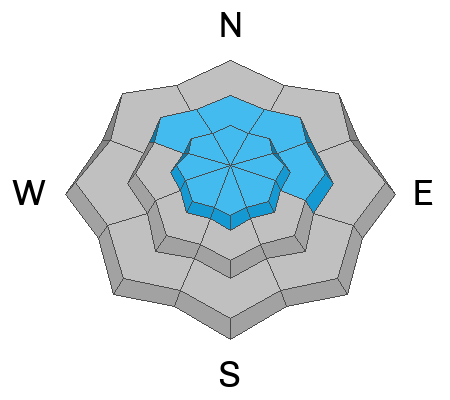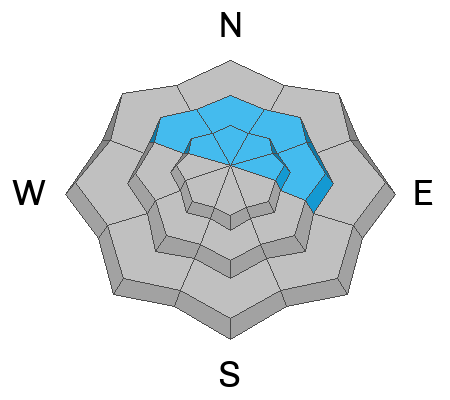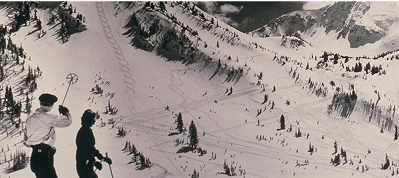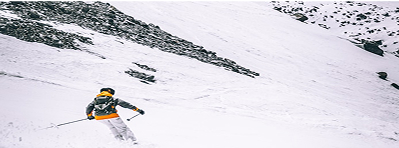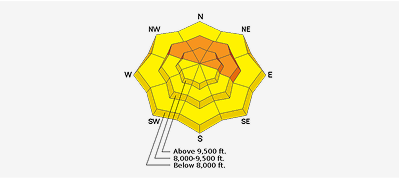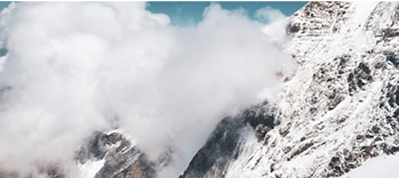Forecast for the Provo Area Mountains

Issued by Trent Meisenheimer on
Thursday morning, March 20, 2025
Thursday morning, March 20, 2025
Areas of MODERATE avalanche danger exist on all upper-elevation slopes and on mid-elevation slopes facing northwest through east for wind-drifted snow avalanches. In either case, look for fresh soft or hard slabs of wind-drifted snow. Human-triggered avalanches 1 to 2 feet are possible. You will find an overall LOW avalanche danger out of the wind-affected terrain.
Hot tip: You can significantly reduce your risk of an avalanche today by avoiding the wind-loaded part of any slope. Slip in from below or the side and ensure there is no wind slab before committing to steep terrain.
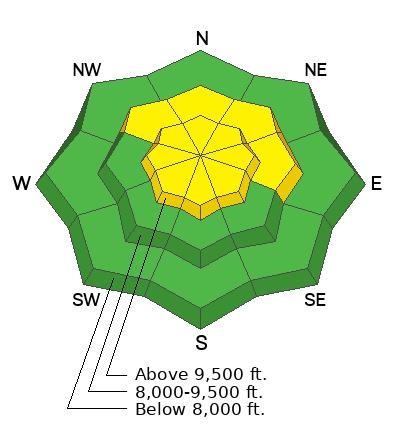
Low
Moderate
Considerable
High
Extreme
Learn how to read the forecast here


